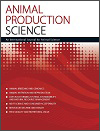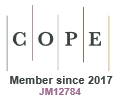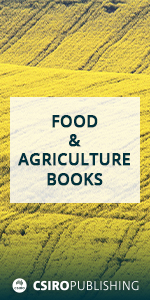AN25089Production of Rhode Island Red × Naked Neck hybrid hens under conditions of the family poultry production systems in a warm environment
Naked Neck hens offer key advantages for family poultry farming, especially in warm climates. Their higher heat tolerance helps maintain stable feed intake and consistent egg production, unlike fully feathered breeds. They also exhibit better feed conversion efficiency, lowering feeding costs and improving resource use. With reduced metabolic heat production, they achieve better thermal balance, supporting growth and reproduction. These traits make them a sustainable and profitable choice for small-scale poultry systems facing challenging environmental conditions.





